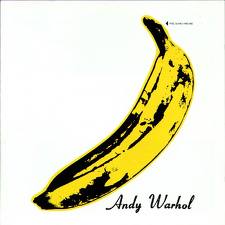Every commercial advertiser and broadcaster, as well as members of the public, are aware by now that the term “Super Bowl” is a trademark owned by the National Football League, and can only be used by those who pay for the privilege. “Super Sunday” is also part of the NFL’s intellectual property, and both are registered in the Patent and Trademark Office – “Super Bowl” in December 1967, and “Super Sunday” in August 1986. Even though both phrases are made up of merely descriptive or “generic” words, they now are “famous marks” possessing “secondary meaning”, making them incontestable under the Trademark laws.
The Trademark laws are codified as part of the federal Lanham Act, 15 U.S.C. Chapter 22. The system is based on use of words, phrases and images in commerce to identify the source of goods or services. Since trademarks are perpetual as long as they are used in this way, the laws have strict requirements to be able to be used exclusively by an owner to distinguish their goods from those of others. Trademarks, to be registered and protected on the Principal Register (15 U.S.C. § 1051) must be distinctive, and have a strong identification with the goods or services they represent. Protection can be given to trademarks in a range from weak (generic) to strong (fanciful). The weakest marks are words that are merely descriptive, and these cannot be protected because it would prevent their general use in the language. However, weak marks with generic-leaning words can be protected after a period of five years of exclusive and continuous use as a mark if they have become distinctive in connection with the applicant’s goods. Weak trademarks may be placed on the supplemental register (15 U.S.C. § 1091) if they are capable of distinguishing the applicant’s goods but are not distinctive enough to be registrable on the Principal Register. Then if, as a result of its use after five years with no successful contest by others, the mark is so strongly associated with a product or service that it becomes distinctive and acquires secondary meaning, it will be able to be registered on the PTO’s Principal Register and become incontestable by others attempting to register the mark. The NFL registered the term “Super Bowl” on the Principal Register in 1967. It was first filed as the name of a board game in 1966 on the Supplemental Register, assigned by the NFL to another party, and has been renewed twice since then. Super Sunday was first registered on the Supplemental Register as a service mark for the football game itself in 1986, and it is still on the Supplemental Register today, having been renewed by the NFL twice.

